Tag: 1600s
-
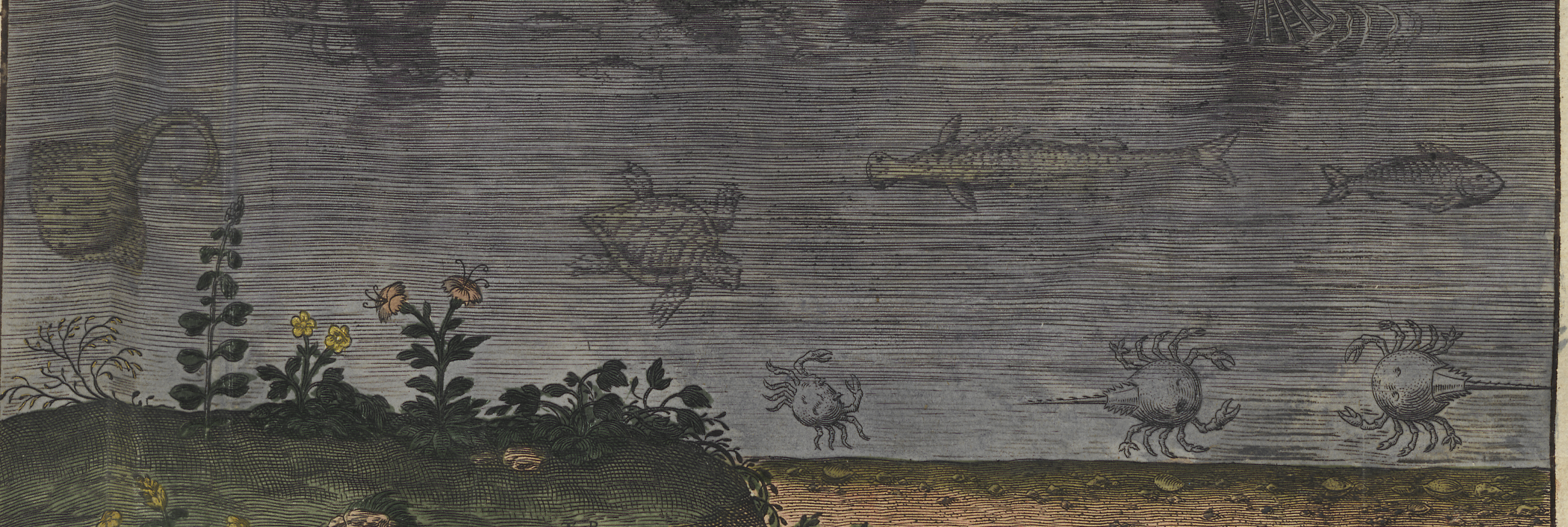
Fish out of Water: Collecting Aquatic Animals in the Early Modern Period
‘Fish & Fiction‘ is an exhibition on the history of fascination with the aquatic life, between 1500-1900, and is currently on show at the University Library of Leiden University (until January 13). The coming weeks Shells and Pebbles is publishing some of the catalogue texts, composed by the historians who contributed to the exhibition, and which…
-
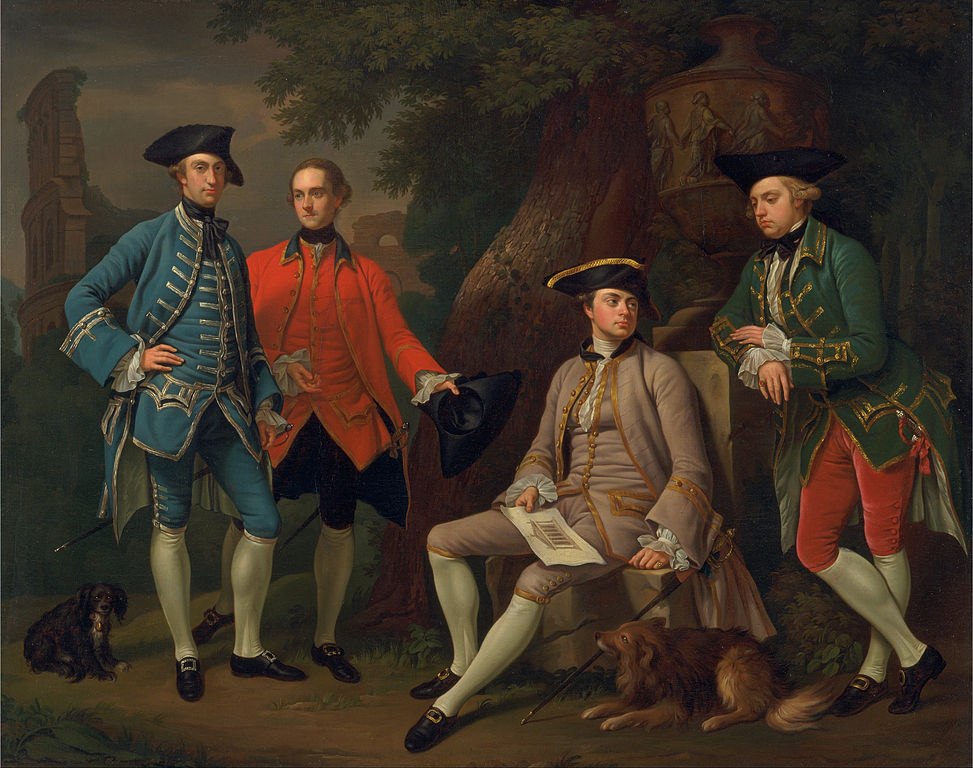
Rethinking the Republic of Letters: Two Perspectives on the Early Modern Learned Community
Early modern scholars oftentimes emphasised the ideal of sharing knowledge beyond confessional and national borders. But was the learned community of early modern Europe truly as open and accessible as these intellectuals proclaimed? Or did the Republic of Letters in action perhaps comprise a number of “sub-republics” divided along the lines of religion, discipline, region,…
-
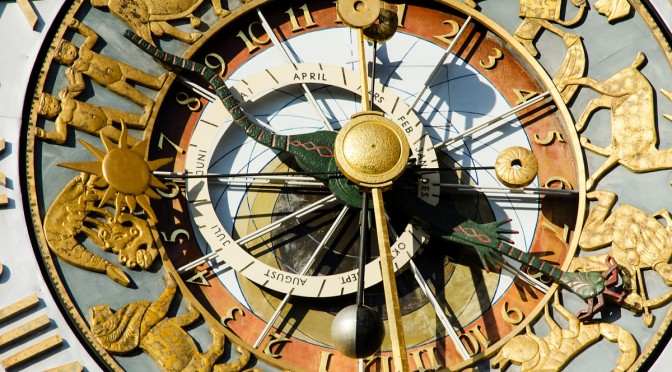
Het belang van afdankertjes
Door Rienk Vermij De geschiedenis van de “wetenschappelijke revolutie”van de zeventiende eeuw wordt veelal beschreven als een opeenvolging van ontdekkingen en nieuwe theorieën. Niemand zal zeggen dat die niet belangrijk zijn, maar zo’n verhaal mist wel een belangrijke dimensie. Want niet alleen wonnen nieuwe ideeën veld, er werden ook oude afgedankt.
-
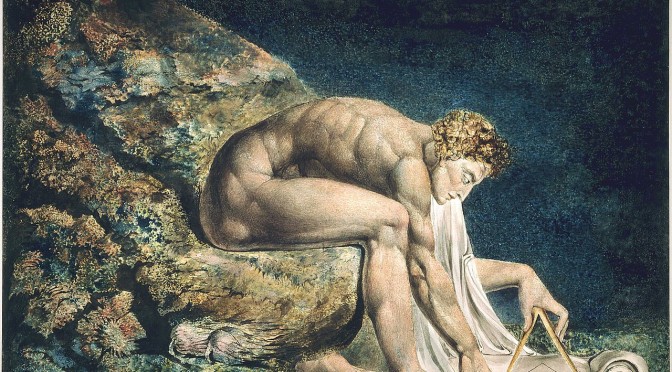
Over Fedde’s neerhalen van Newton
Door Floris Cohen De redactie van ‘Schelpen en Steentjes’ heeft me gevraagd om op Fedde Benedictus’ boutade over Newton te reageren, ik denk omdat ik de auteur ben van een boek over Newton. En inderdaad, in de epiloog van Isaac Newton en het ware weten vind ik een heel reeksje van zwakke punten van Newton…
-

The Father of Modern Science?
By Fedde Benedictus Both the originality and the intrinsic value of the work of Isaac Newton have been grossly overestimated. According to traditional history of science, Newton’s work (of which primarily his Principia Mathematica, first published in 1687) was the 17th century’s very pinnacle of the mechanistic worldview, and with that, it provided one of…
-

The Subtle Spiral of Life & Death.
By Fedde Benedictus Buried beneath spirals Ever since humans began using stone slabs for the decoration and demarcation of their gravesites, masonry has been employed to show the social status of the deceased individual. In this tradition, the Swiss mathematician Jacob Bernoulli chose the figure of a logarithmic spiral to be carved onto his gravestone.…
-
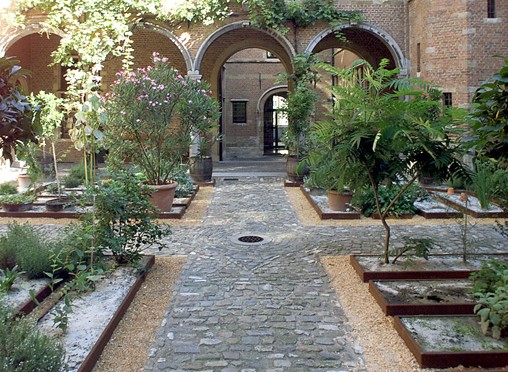
Het Gulden Cabinet. Luxe, kunst en kennis in vroegmodern Antwerpen
Door Marlise Rijks Een zomerse dag in Antwerpen betekent volle bierterrassen, de schittering van de zon op de Schelde, en de onvermijdelijke massa’s winkelende mensen die zich uitleven in de ‘solden’ (opruiming). Wie deze zomer de Scheldestad bezoekt en wil weten waar zeventiende-eeuwse Antwerpenaren hun geld aan uitgaven, moet eens een kijkje nemen in museum…
-
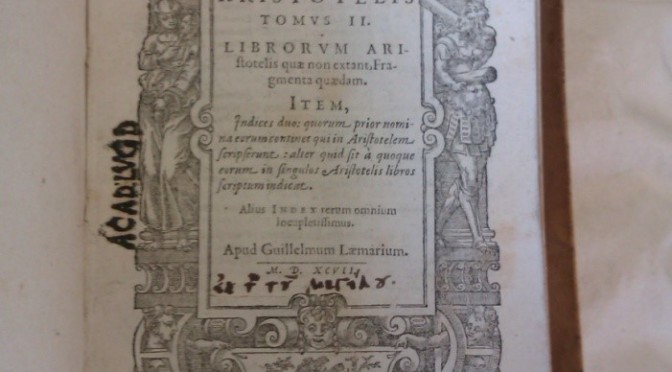
Aristoteles als kladpapier
Door Susan Derksen Er zijn lezers die zich er stevig aan ergeren: je leent een boek bij de bibliotheek, slaat het open en moet dan constateren dat een vorige lener er een meer interactieve relatie met het materiaal op na hield dan jij had willen beleven. Uitroeptekens, pijlen, trefwoorden, onbedoeld vervelend pedante correcties: typisch ergernissen…
